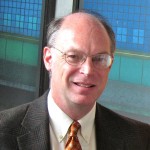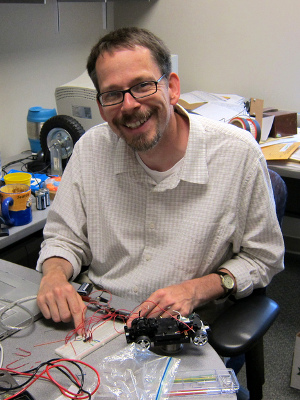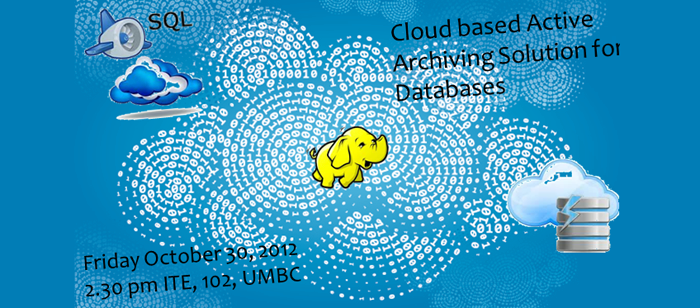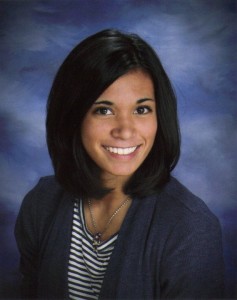 UMBC Sophomore Blossom Metevier (CS ‘15) will be a panelist at Fueling the Future: Celebrating Computer Science Education Week and Computer Science in K-12 Classrooms and Policy, a briefing in Capitol Hill that’s part of Computer Science Education Week (CSEdWeek). Ceremonially celebrated during the birthday week of computer science pioneer Grace Hopper (December 9-15), CSEdWeek's goal is to share the message that computing and computer science education are essential.
UMBC Sophomore Blossom Metevier (CS ‘15) will be a panelist at Fueling the Future: Celebrating Computer Science Education Week and Computer Science in K-12 Classrooms and Policy, a briefing in Capitol Hill that’s part of Computer Science Education Week (CSEdWeek). Ceremonially celebrated during the birthday week of computer science pioneer Grace Hopper (December 9-15), CSEdWeek's goal is to share the message that computing and computer science education are essential.
Organized by the Computing in the Core Coalition and sponsored by the congressional STEM Education Caucus, Fueling the Future will give congressional staff and STEM education stakeholders an overview of the state and prospects of K-12 computer science education. Specifically, the fact that Computer Science is not taught in the majority of American high schools and how that needs to change.
Blossom joins panelists CSEdWEek co-chair Ruthe Farmer, Director of Strategic Initiates for the National Center for Women and Information Technology, technology writer Douglas Rushkoff, Alison Derbenwick Miller from Oracle, and Brenda Wilkerson from the Chicago Public Schools. Representative Dan Lipinski (D- IL), co-chair of the House STEM Education Caucus, will kick off the event with opening remarks.
Blossom will share her journey to becoming a Computer Science major. It started after she unexpectedly fell in love with programming during her Introduction to Computer Science class during her freshman year at UMBC. She will talk about why she chose the major and her future goals in the field. A Meyerhoff Scholar and member of UMBC's track team, Blossom plans on doing data visualization research in Dr. Jian Chen's lab this winter.
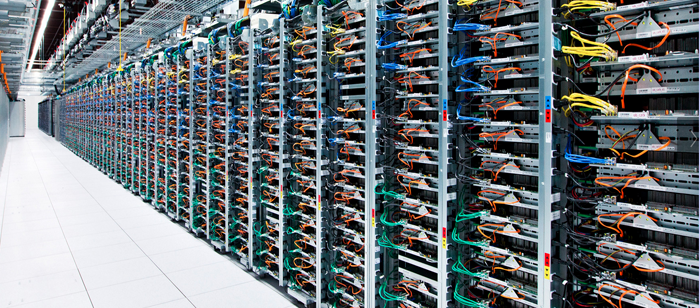
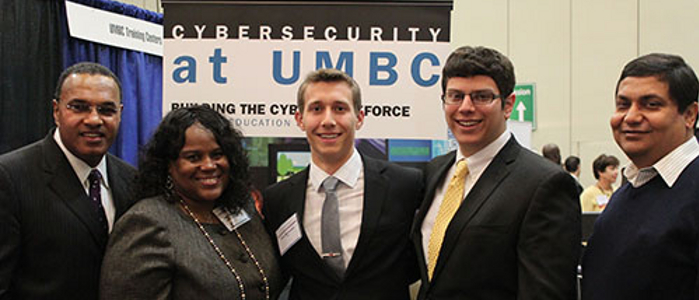

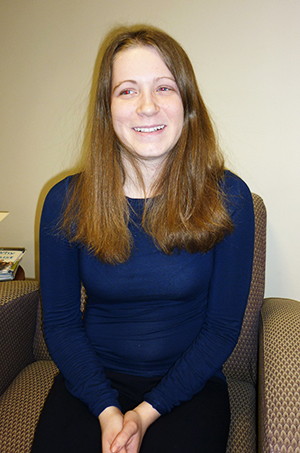 Originally from Montclair, New Jersey, Celia is a Computer Science and Math double-major and CWIT Scholar.
Originally from Montclair, New Jersey, Celia is a Computer Science and Math double-major and CWIT Scholar. 
